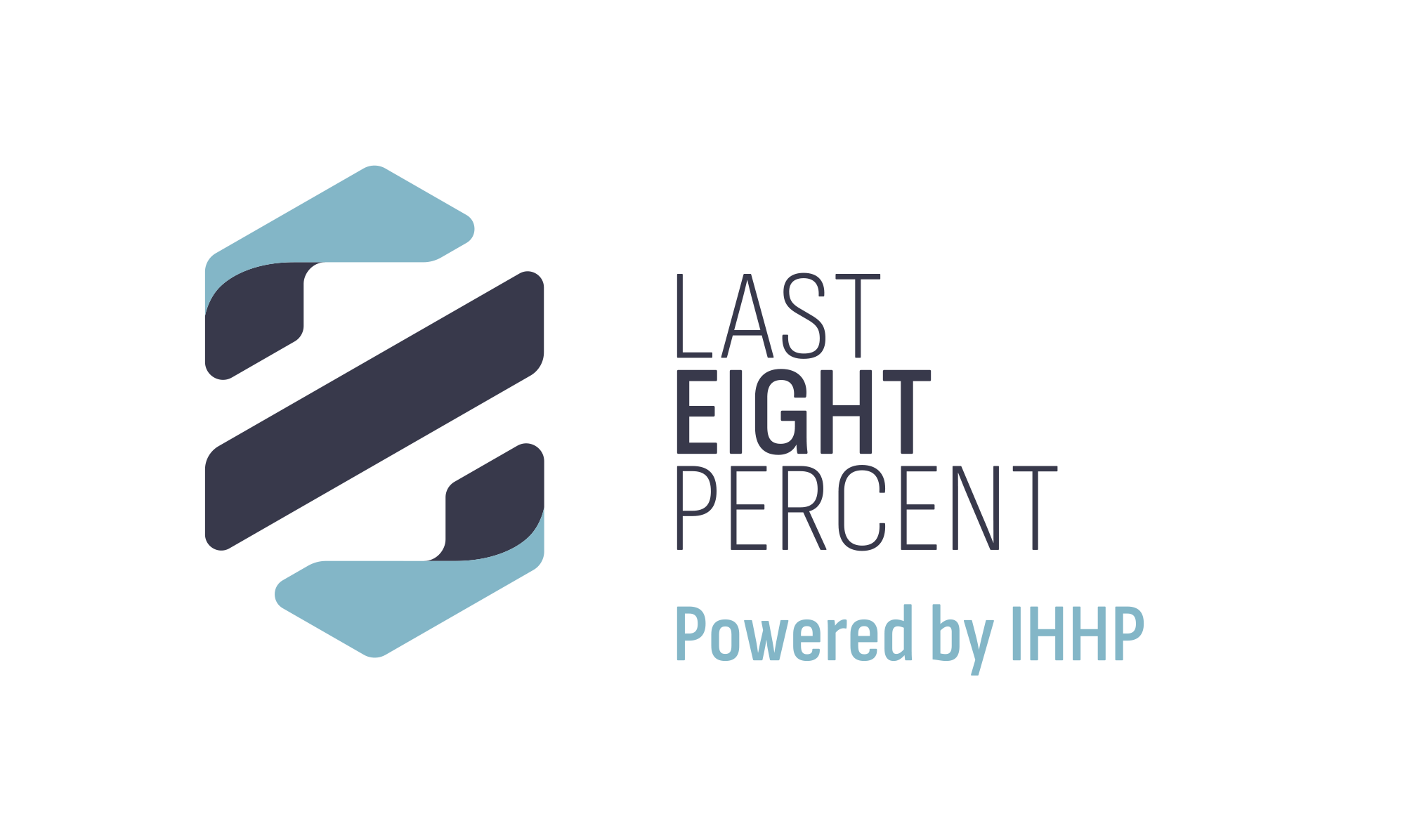In the quest for organizational excellence, the allure of a “family” team culture often emerges as a seemingly idyllic blueprint for fostering unity, loyalty, and a supportive work environment. However, beneath the surface of this familial facade lies a complex web of dynamics that, more often than not, render such cultures dysfunctional. This article delves into the essence of a family team culture, unearths the reasons behind its inherent dysfunctionality, and underscores the imperative shift towards a high-performance culture as delineated by the Last 8% Culture System.
What is a Family Team Culture?
A family team culture is characterized by high connection and psychological safety, where team members feel a strong sense of belonging and mutual care. On paper, it epitomizes an organizational utopia where everyone supports each other like family members. Decisions are made with everyone’s feelings in mind, and the workplace exudes warmth and camaraderie. However, this culture is marked by low courage, leading to avoidance behaviors that ultimately stifle growth and innovation.

3 Reasons Why Family Team Cultures Are Almost Always Dysfunctional:
1. Avoidance of Difficult Conversations and Decisions
In a bid to maintain harmony and avoid upsetting anyone, family cultures often shy away from necessary confrontations and tough decision-making. This avoidance leads to unresolved issues simmering beneath the surface, creating an environment where mediocrity is tolerated, and accountability is scarce. The Last 8% Moments—those critical junctures where meaningful change can occur—are often sidestepped, leaving transformative opportunities on the table.
2. Slow Adaptation to Change
Family cultures’ emphasis on consensus and inclusion often results in sluggish decision-making processes. In today’s fast-paced business world, this inability to swiftly adapt to market changes or innovate can be detrimental. Organizations stuck in this cultural quagmire find themselves lagging behind more agile competitors, unable to capitalize on new opportunities or pivot when necessary.
3. Talent Drain
High-performing individuals thrive on challenge, accountability, and growth—all of which are scarce in a family culture. Frustrated by the lack of ambition and the acceptance of mediocrity, top talent may seek greener pastures where their skills can be better utilized and appreciated. This talent drain further exacerbates the organization’s stagnation, creating a vicious cycle of underperformance.
The Imperative Shift to a Last 8% Culture
To break free from the constraints of a family team culture, organizations must embrace the principles of the Last 8% Culture System. This system advocates for a balanced approach that values both high connection (psychological safety) and high courage (the willingness to tackle difficult issues head-on). By fostering an environment where challenging conversations are not just encouraged but expected, organizations can unlock true innovation, agility, and performance.
Achieving High Performance Through Courage and Connection
The Last 8% Culture System emphasizes the importance of navigating Last 8% Moments with skill and resilience. These moments, characterized by high-pressure situations that demand tough conversations or decisions, are pivotal in shaping an organization’s culture and driving its success. By equipping leaders and teams with the tools to effectively manage these moments, organizations can transition from avoiding difficult situations to leveraging them as opportunities for growth and innovation.
Conclusion
While the notion of a family team culture may seem appealing, its inherent dysfunctions underscore the need for a more balanced and courageous approach to organizational culture. By adopting the Last 8% Culture System, organizations can cultivate an environment that not only values connection, but also embraces the challenges that drive growth and excellence. For those ready to embark on this transformative journey, downloading our checklist for a high-performance culture resource is an essential first step towards building a resilient, innovative, and high-performing organization.
Download the Checklist for a High-Performance Culture Resource

